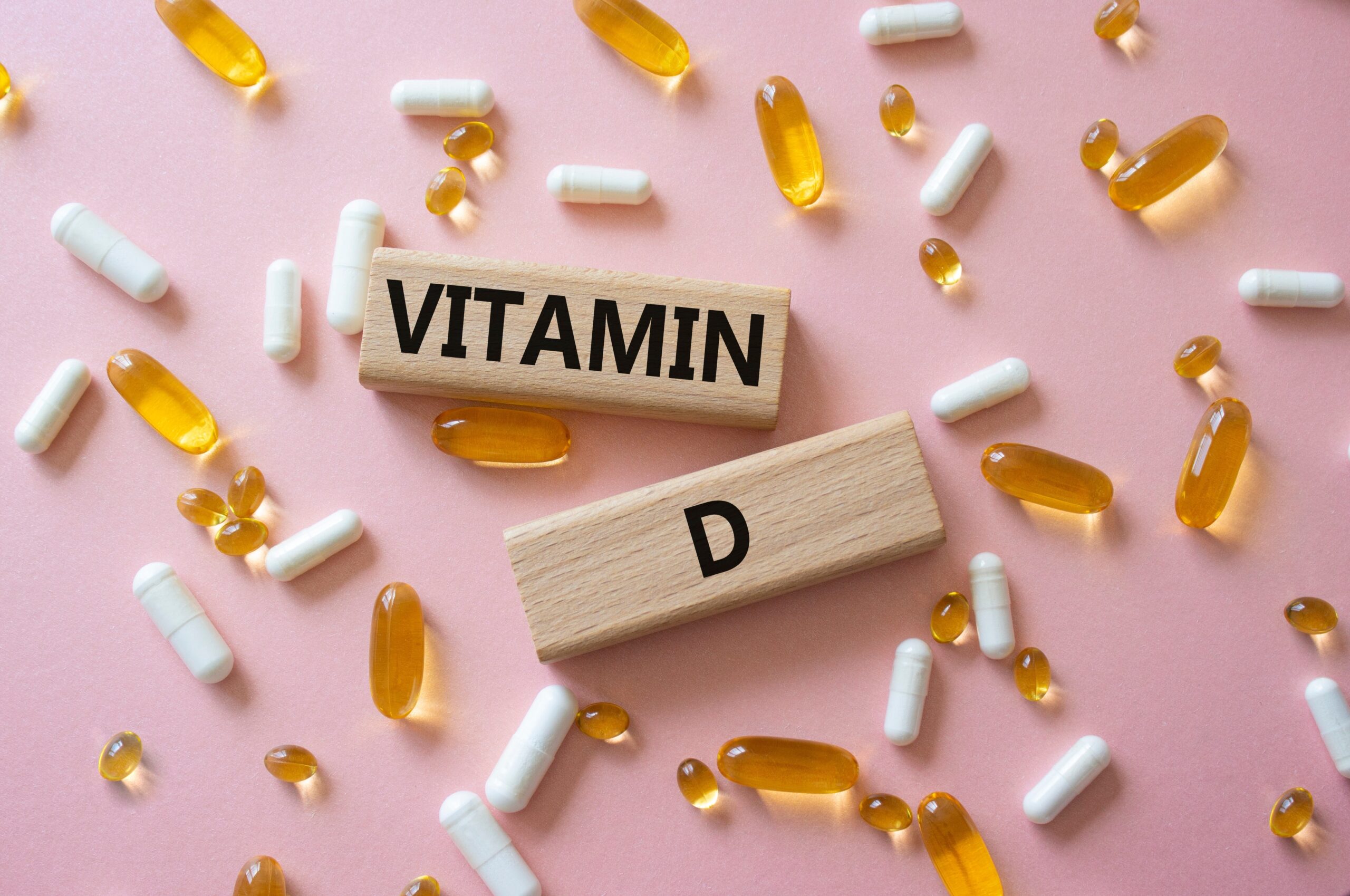Table of Contents

Vitamin D deficiency silently robs older adults of muscle strength and bone health, increasing fall risk by 78%, but simple supplementation could reverse this dangerous trend.
At a Glance
- Vitamin D deficiency significantly increases risk of dynapenia (age-related muscle strength loss) by 78% in older adults
- Low vitamin D levels are linked to reduced handgrip strength, poor physical performance, and increased fall risk
- Daily vitamin D supplementation shows greater benefits than intermittent high doses, especially for those with deficiency
- Studies show vitamin D affects muscle energy production, with deficient mice experiencing 37% reduction in skeletal muscle mitochondrial function
- Regular physical activity combined with adequate vitamin D levels provides the best protection against age-related muscle deterioration
The Silent Epidemic Affecting Older Adults
Vitamin D deficiency has reached concerning levels among older adults, with research showing over half of seniors have insufficient levels. This nutrient, often associated primarily with bone health, plays a crucial role in muscle function that many people overlook. According to extensive research from the English Longitudinal Study of Ageing, vitamin D deficiency—defined as serum 25-hydroxyvitamin D levels below 30 nmol/L—significantly impairs muscle strength and physical performance in community-dwelling older adults. The implications extend far beyond minor inconvenience, affecting daily functioning and independence.
Recent studies have established a clear connection between vitamin D status and dynapenia, the age-related loss of muscle strength that contributes significantly to disability in later life. Unlike general fatigue or weakness, dynapenia specifically refers to the loss of power and function in muscles that occurs with aging, making everyday activities increasingly difficult. The identification of vitamin D as a modifiable risk factor offers new hope for preventing this debilitating condition.
How Vitamin D Affects Muscle Function
Vitamin D's influence on muscle extends beyond its well-known role in calcium regulation. Researchers have uncovered that it affects muscle at the cellular level through both genomic and non-genomic pathways. Calcitriol, the active form of vitamin D, interacts directly with muscle cell receptors, influencing protein synthesis and energy production. This helps explain why deficiency leads to noticeable changes in muscle performance even before bone health is affected.
A groundbreaking mouse study revealed that vitamin D deficiency reduced skeletal muscle mitochondrial function by 37% after just three months. This significant decrease in energy production helps explain why muscle weakness is often one of the first symptoms of deficiency. For older adults, this energy deficit manifests as reduced handgrip strength—a reliable indicator of overall muscle function and future health outcomes. Measurements of handgrip strength provide healthcare providers with a simple yet effective way to detect early signs of vitamin D deficiency.
The Connection to Falls and Fractures
The relationship between vitamin D deficiency and increased fall risk creates a dangerous scenario for older adults. As muscle strength diminishes, balance becomes compromised, leading to a higher likelihood of falls. When these falls occur in individuals with already compromised bone density—another consequence of vitamin D deficiency—the risk of fractures increases dramatically. This creates a cascade effect where one fall can lead to hospitalization, decreased mobility, and further physical decline.
Research published in Medscape reports that vitamin D deficiency increases muscle loss risk by a staggering 78%. This statistic highlights the magnitude of the problem and the urgent need for intervention. Beyond muscle and bone health, vitamin D also supports brain and immune system function, making adequate levels even more critical for overall health in older adults. The good news is that supplementation shows promising results, with studies indicating that properly dosed vitamin D can significantly reduce dynapenia risk.
Effective Supplementation Strategies
Not all vitamin D supplementation approaches yield equal results. Research consistently shows that daily supplementation provides better outcomes than intermittent high doses. When considering supplements, it's important to note that serum 25(OH) vitamin D levels can be easily measured through blood tests, allowing for personalized dosing. Healthcare providers typically recommend different dosages based on current levels, age, weight, and overall health status.
For most older adults with deficiency, supplementation is affordable, safe, and effective. However, absorption issues or severe deficiencies might necessitate higher doses under medical supervision. Experts emphasize that combining vitamin D supplementation with regular moderate physical activity provides the best protection against age-related muscle deterioration. This two-pronged approach—addressing both nutrient status and physical conditioning—creates synergistic benefits for maintaining strength and independence.
While sunlight exposure remains the body's natural method for vitamin D synthesis, many older adults have limited sun access or decreased skin synthesis capacity. Dietary sources like fatty fish, fortified dairy products, and eggs can help, but rarely provide sufficient amounts to correct deficiency. This makes supplementation an important consideration for most older adults, particularly those with limited sun exposure or dietary restrictions.
AD
Most Recent
AD
